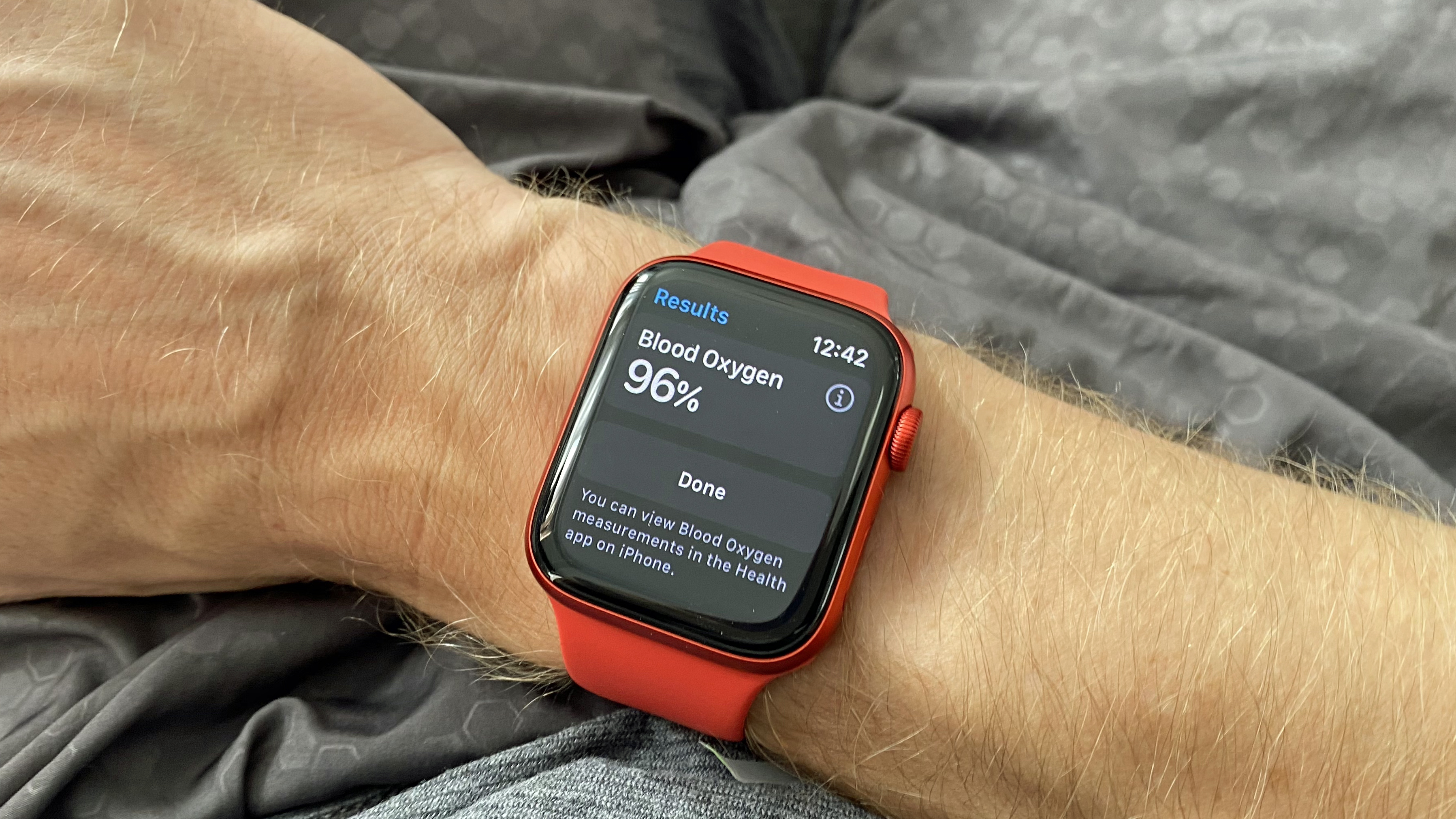How to use the Apple Watch 6 blood oxygen monitor
The key highlight of the Apple Watch 6

The main difference between the Apple Watch 6 and its predecessor is that Apple’s 2020 flagship smartwatch measures blood oxygen levels. Also referred to as SpO2, it’s a measure of the saturation of oxygen in red blood cells.
In recent months, the ability to measure blood oxygen has become an important feature, given the fact it has been found to be an early indicator of Covid-19 in some sufferers. How far wearables can help in this regard is in question, but that hasn’t stopped SpO2 monitors flooding the market.
With the feature missing from the Apple Watch 5, but available on a range of affordable fitness trackers, including the Honor Band 5 and Xiaomi Mi Band 5, SpO2 measurement was an obvious feature gap in Apple’s offering that needed plugging.
However, unlike with other wearables, including the Huawei Watch GT2 Pro, Apple’s blood oxygen measurement isn’t an out-of-the-box working solution for all Apple Watch Series 6 owners. To measure your oxygen saturation using an Apple Watch, you have to meet specific criteria, and run a specific OS version on your iPhone.
Why can’t I access blood oxygen monitoring on my Apple Watch?
When the Apple Watch 6 is first set up with the Watch app on an iPhone, the option to activate blood oxygen measurement is part of the process. To fire up the feature, Apple requires you be over 18, and manually agree to the SpO2 feature being enabled. That said, there are a couple of caveats.
If your iPhone is running a beta version of iOS, whether a developer beta or public beta, you won’t see the blood oxygen monitoring option, even when you pair your iPhone with the latest Apple Watch 6.
To access the feature you’ll need to unenroll from the beta programme, and either wait for a consumer update to land on your phone, or restore your phone, wiping it in the process using iTunes.
Sign up for breaking news, reviews, opinion, top tech deals, and more.
Scenario two, which also sees SpO2 disabled on the Apple Watch 6, applies if you’re setting up the Apple Watch Series 6 for a family member. If the Apple Watch isn’t linked with its owner’s iPhone and iCloud account, blood oxygen measurement is disabled.
We’re not entirely sure of Apple’s reason for putting these limitations in place – it’s the only manufacturer to do so with this particular feature; however, they’re important to note. After all, if you’re a developer or a non-iPhone user considering an Apple Watch Series 6, you might be better off opting for the more affordable Series 5 or an Apple Watch SE.
How do I use blood oxygen monitoring on the Apple Watch?
If none of the stipulations above applies, and you’ve picked up an Apple Watch Series 6, then using the blood oxygen monitoring is simple.
Provided you’ve enabled the feature on your iPhone once prompted on setup, simply press the Digital Crown to activate your apps screen. Next, look for the icon with blue and red swishing lines, forming a circle against a white backdrop – tap it.
On-screen instructions will alert you to a few guidelines. Your Apple Watch shouldn’t be too low on your wrist, for example. Additionally, while the strap fitting doesn’t need to be too tight, it should be snug. For measuring, the Apple Watch screen should also face upward, and your wrist should be relatively stationary.
Once in position, tap “Start” to activate a 15-second countdown timer and a psychedelic blue and red on-screen animation. Once the timer is up, your blood oxygen will display as a percentage.
When aren’t blood oxygen readings accurate?

According to Apple, in some instances, blood oxygen readings can be inaccurate.
For example, temperature can impact the accuracy of readings; if it’s exceptionally cold, say, the reading is less likely to be a true reflection of blood oxygen saturation. In addition, permanent or temporary changes to the skin, including tattoos on the SpO2 sensor site, can also affect the result.
Movement or arm position can result in irregular results, and if your heart rate is above 150bpm at rest, you’re unlikely to get a successful measurement.
What’s a normal reading?
According to the British Lung Foundation, a healthy blood oxygen reading is between 95-100%, and while the accuracy of consumer wearable options has been questioned in recent months, they can at the very least provide an early indication that something isn’t quite right in your body.
Prices for the Apple Watch Series 6 start at $399 / £379 / AU $599, which means this is definitely one of the most expensive wearables to offer the feature – but it’s also an Apple Watch, which makes it one of the most polished options around.
As such, if you’re an iPhone owner intent on getting a new smartwatch, you’re over 18, you don’t run Beta software on your iPhone and are okay with the idea of paying a premium for user experience, the Apple Watch Series 6 with its blood oxygen monitoring could be just the wearable for you.

Basil Kronfli is the Head of content at Make Honey and freelance technology journalist. He is an experienced writer and producer and is skilled in video production, and runs the technology YouTube channel TechEdit.